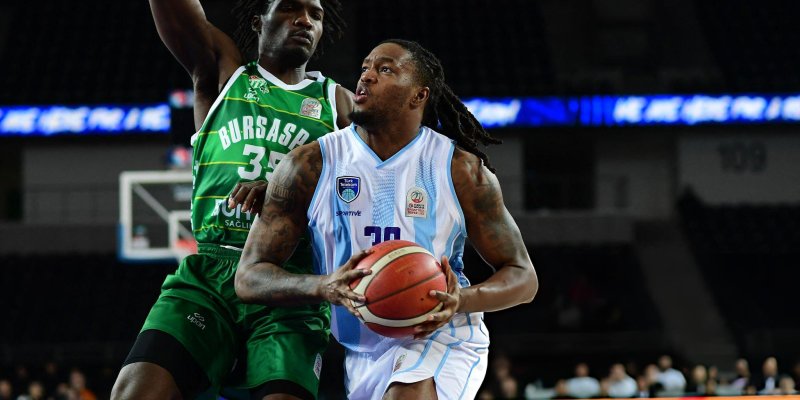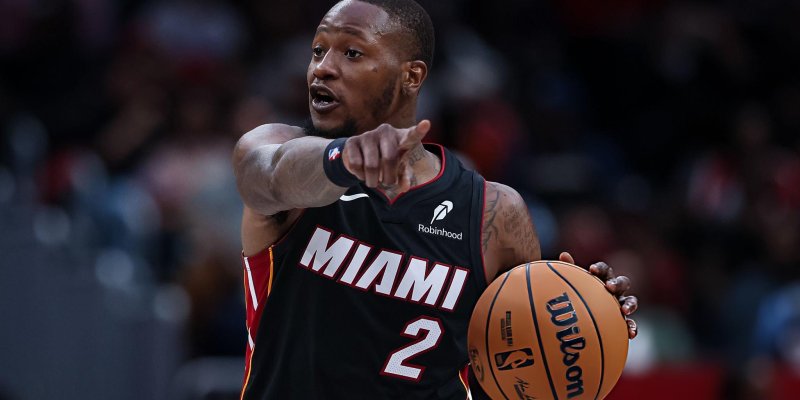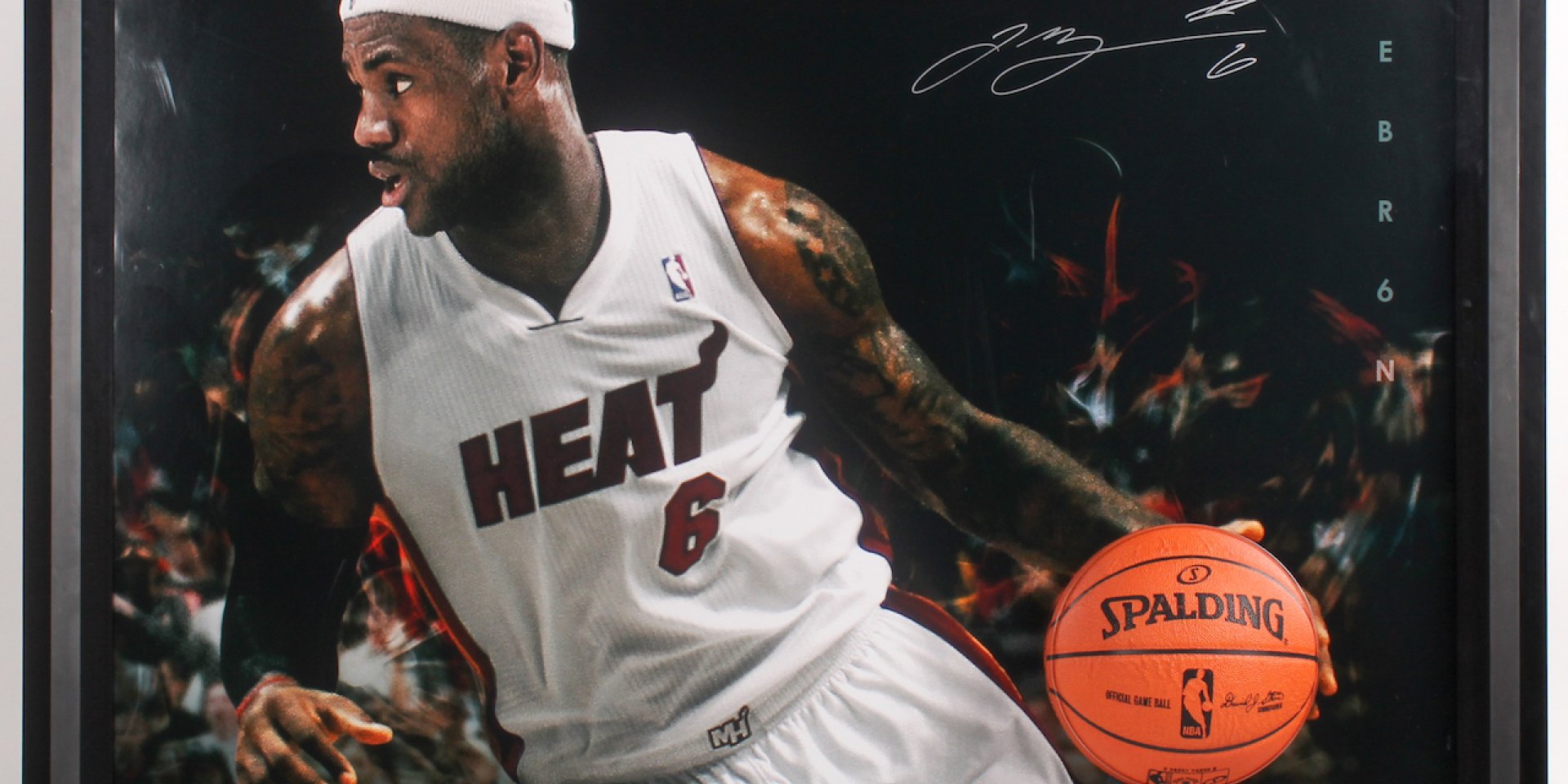
The story of how hundreds of “Miami Heat” game relics quietly disappeared from the arena reads more like a thriller than a sports chronicle. Former Miami police officer Marcos Thomas Perez, who had worked in the security units of the Heat and even the NBA, allegedly removed more than four hundred game-worn jerseys and other items from the club’s secure room, selling part of the haul online for roughly $2 million. The investigation dragged on for a year and a half, but the public learned of it only recently — and it all began… with a conversation on a sports podcast.
A Year and a Half of Silence, One Podcast, and a Flood of Questions
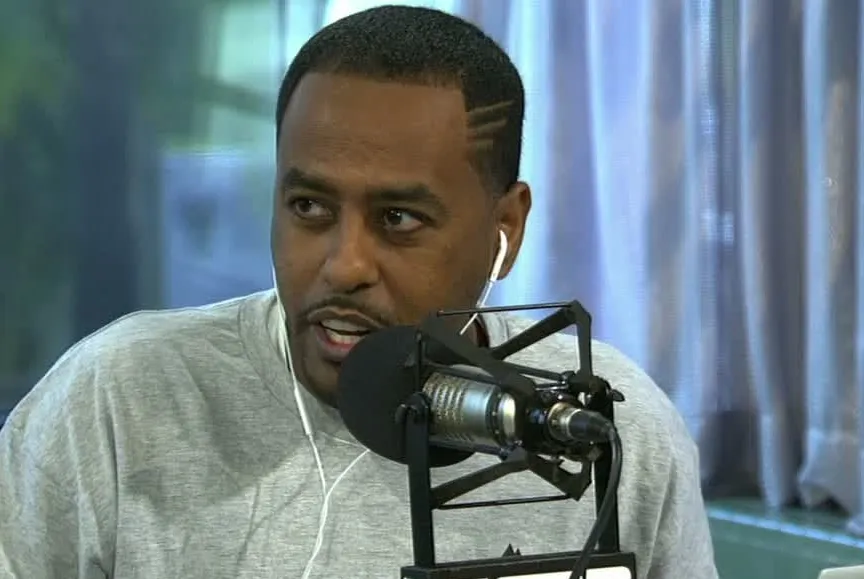
On July 28, NBA insider Amin Elhassan remarked on YouTube that suspicious “Miami Heat” lots were popping up on the memorabilia market. This wasn’t about a random “game jersey,” but about full sets with NBA Finals patches — and from multiple stars at once: LeBron James, Dwyane Wade, Shaquille O’Neal. Such volume is a red flag for any collector: a lone seller simply doesn’t have that many top-tier match-worn items.
The Collector Community Sounded the Alarm
Collectors were the first to notice the scale of the anomaly and effectively nudged the FBI into action. Experts reminded everyone that the memorabilia market is vulnerable — most game jerseys lack individual identifiers, and digital platforms enable quick, anonymous sales. Without an internal club audit and law-enforcement involvement, tracing an item after a sale is nearly impossible.
A Spotless-Record Suspect — With Access Where He Shouldn’t
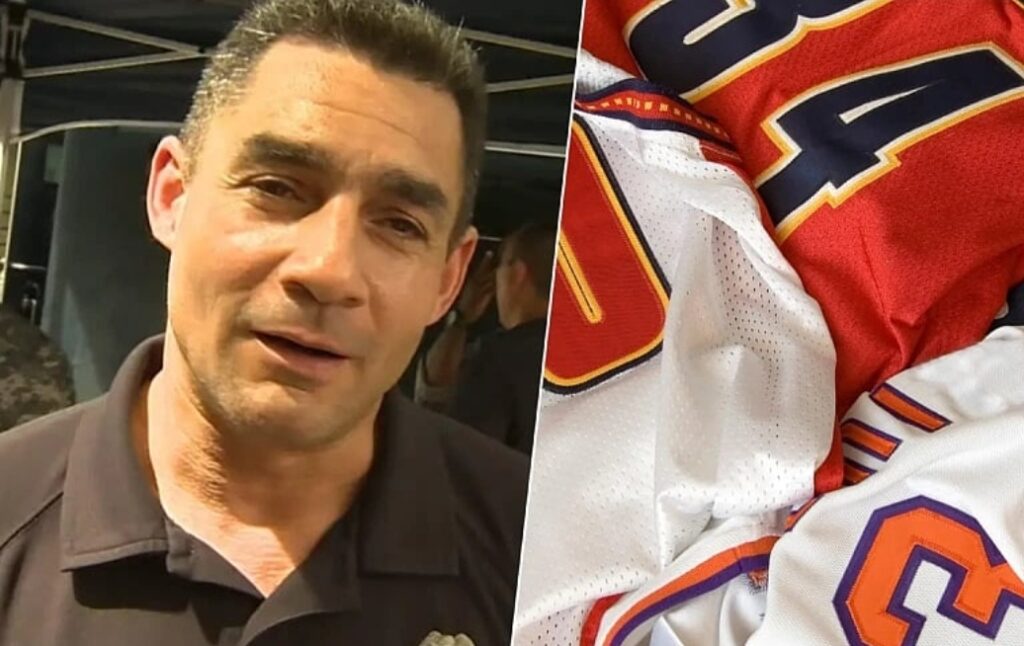
A week after the media buzz, the figure’s name became known. Sixty-two-year-old Perez — a police veteran with an impeccable reputation — worked for the Heat (2016–2021) after retiring and then within the NBA structure (2022–2025). On August 5, he was charged with stealing more than 400 game jerseys. In April, a search of Perez’s home turned up about 300 items — essentially, a mini-museum of the Heat. On home game days, he belonged to the small circle of people with access to a secure room where the club had been accumulating relics for a future museum. Instead of safeguarding history, he systematically removed it piece by piece.
The Disposal Scheme: Online Auctions, 'Third Hands,' and a Shell Company
According to investigators, over three years Perez sold more than a hundred jerseys on online platforms, often well below market value, collecting around $2 million in total. To mask origin and logistics, he planned to use intermediaries to deliver to “upper-segment” dealers and registered South Florida Signature Authenticators Inc. in November 2019 — a classic storefront for legitimizing the flow.
The Crown Jewel: LeBron’s Game 7 Jersey From the 2013 Finals, Undervalued by 37×
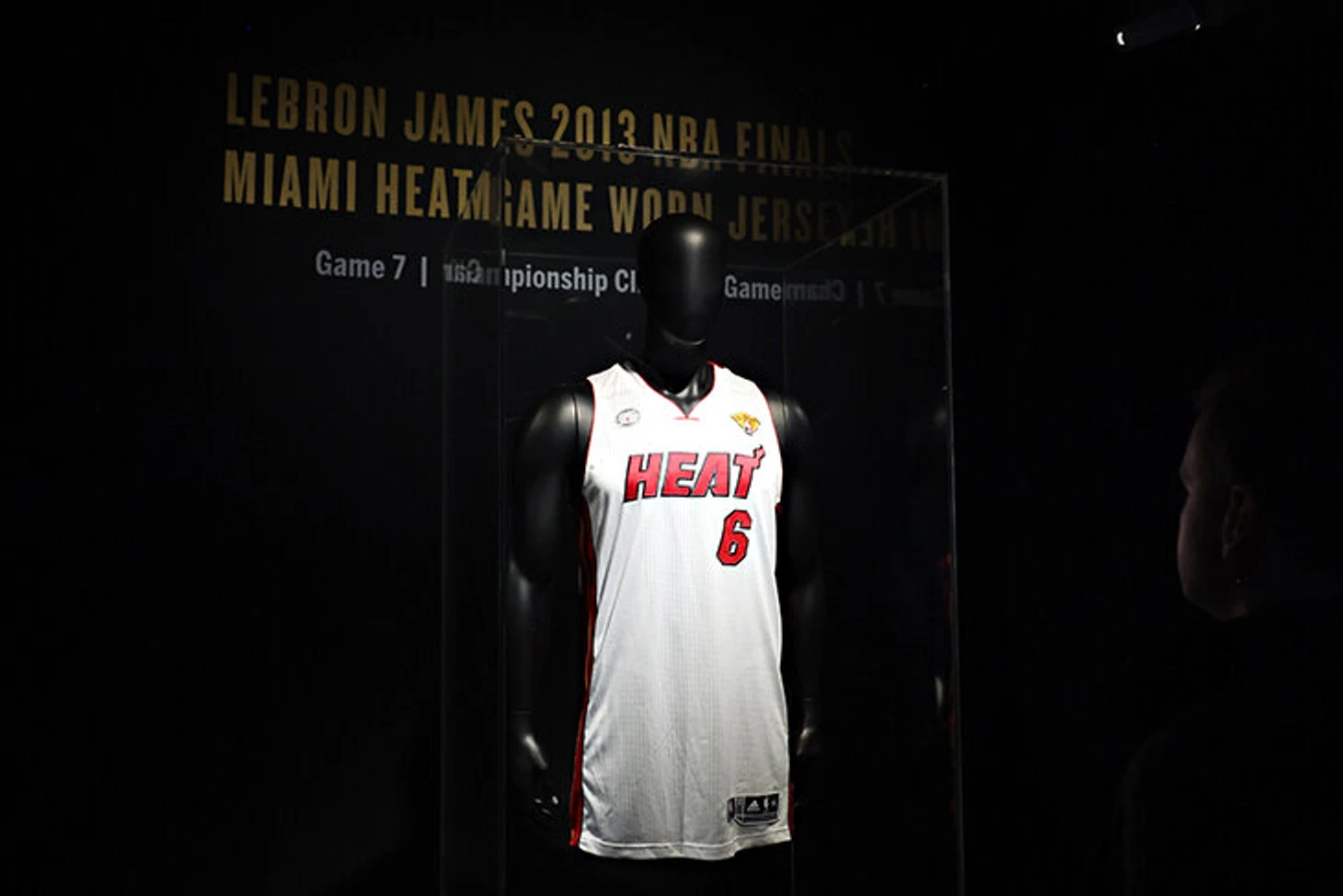
The most sensational episode was the disappearance of LeBron James’s jersey from the decisive Game 7 of the 2013 Finals against San Antonio. James delivered a historic performance that night — 37 points and 12 rebounds — sealing the series with a championship and a second straight Finals MVP. That jersey, investigators say, left Perez’s hands for $100,000 and was later sold at Sotheby’s for about $3.7 million — a 37-fold jump. For scale: only three NBA jerseys have sold for more — Wilt Chamberlain’s from the 1972 Finals (~$4.9 million), Kobe Bryant’s from his 2007/08 MVP season (~$5.8 million), and Michael Jordan’s legendary jersey from the 1998 Finals (~$10.1 million).
A Guilty Plea in Court — and What Comes Next
On August 19, Perez appeared in federal court and pled guilty, though he had initially denied the charges. The defense stresses his years of exemplary service and remorse, but sentencing is set for October 31, and the penalties are serious: up to 10 years in prison, up to three years of supervised release thereafter, and a fine of up to $250,000. On top of that, civil claims and restitution are highly likely.
Returning the Relics: The Club Wants It All, Buyers Will Feel the Pain
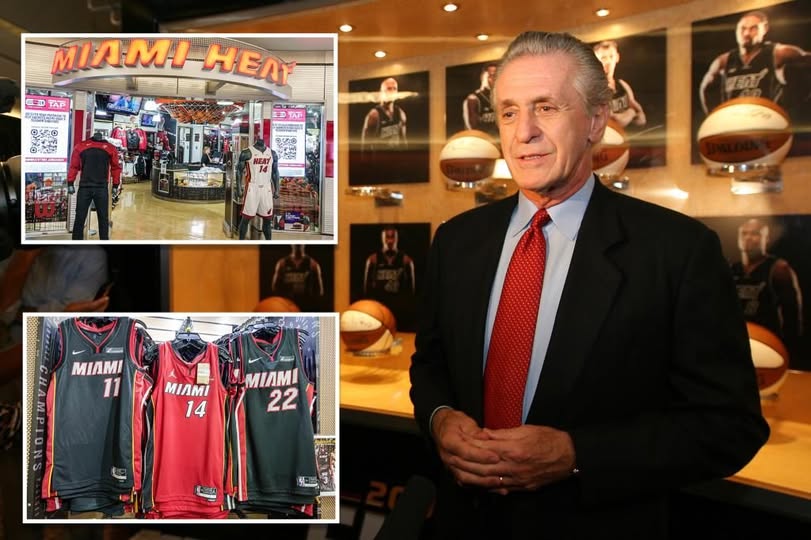
Miami intends to reclaim the entire cache of stolen items. That means some good-faith buyers who acquired lots “for themselves” will face seizures. It’s an unpleasant prospect for the market but inevitable under the logic of restitution: the items are the club’s property, and the final financial burden, including compensation, will likely fall on Perez.
When a Scandal Makes Things Even More Valuable

The story inevitably evokes the famous theft of the “Mona Lisa” in the early 20th century, after which Leonardo’s painting exploded into global fame. The paradox of memorabilia is that a dramatic backstory often amplifies an item’s “aura”: provenance becomes part of the legend, and the legend becomes a price catalyst. It’s not impossible that the Heat’s relics will acquire extra mythology over time. But today, for the club and the league, something else matters more — closing the security gap, returning history to its rightful place, and sending a message to the market: if you try to monetize memory, you’ll pay with your freedom.

